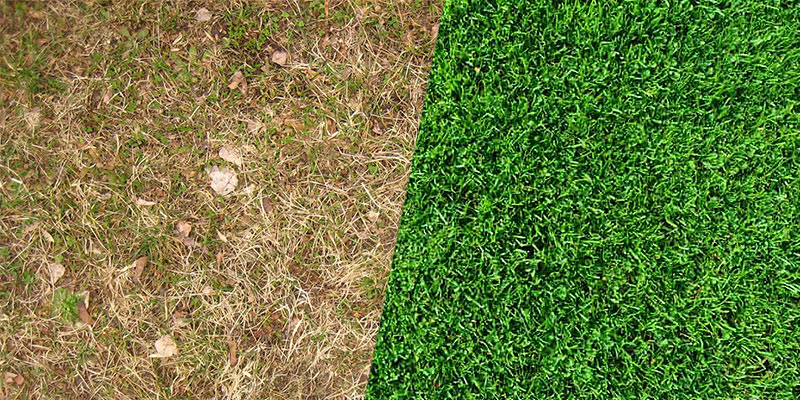
Your lawn is one of the most important aspects of your home. When it’s properly taken care of, it looks beautiful, inviting, and definitely adds value to your property. But often times, it can’t be helped to encounter problems that ultimately damage our lawns. This article will share tips and guidelines on how to repair your beloved lawn. From knowing proper maintenance techniques every season, to choosing contractors like discoverziehler.com to fix your lawn, this article covers everything. Ready? Let’s go!
1. Determine your problem
The first thing you should know before you attempt to repair your lawn is to know what the problem is. Is your turf drying out because of lack of sunlight? It’s understandable that some parts of your lawn won’t get enough sunlight, like dark corners and patches under big trees. But instead of pruning some branches to allow more light to come in, why not replace the starving grass with a different kind? A shade-tolerant one such as sweet woodruff or bishop’s hat?
If weed invasion is your problem, try applying chemical herbicide to inhibit growth. If you’re looking for a natural alternative, try corn gluten meal instead. And of course, follow with a round of fertilizer and be careful not to mow the grass too short in spring!
So yeah, there’s not one solution to a wilting patch of lawn. Observe your lawn and determine the root cause first before trying to resolve the issue.
2. Preventive care during spring
The changing seasons play a big part in the health of our lawns. Different seasons bring about different reactions from plants. During spring, grass starts to grow back after being frosted during winter. It starts to show vibrance and this is when you should begin doing preventive care. Vacuum any sand, gravel, or pebbles that may hinder growth. Following winter, there may be some stones and gravel thrown on your lawn when the snow plow worked its way into your yard.
Be sure to apply fertilizer evenly and test it out if you’re trying a new variant. When loading your spreader, be careful not spill any fertilizer on the ground as this may cause saturation on that single spot. This could end up killing your lawn so be careful about it! Did you know that you can use chicken manure as fertilizer? Yes! It’s very rich in nitrogen which is good for the soil and grass.
3. Early summer lawn care
Late spring or early summer is the time when the sun is up for long hours. This means your lawn is exposed to the sun for long periods of time and this could lead to a drought. Proper watering is the key to avoiding this problem. Measure the right amount of water and schedule your garden hose sprinkler early morning as the sun rises, and do this at least three times week. If it rains, you can skip it. ⅜ inches of water is enough for your lawn every sprinkling time. If there are bald patches in your lawn brought about by dog spots, gypsum is the answer. It neutralizes urine and allows water to soak in so you can add grass seeds to the spot.
Crabgrass is a common problem during these times as well. If you’ve experienced it before, stop them from growing again by showering a type of weed preventer where they previously grew.
4. Late summer lawn care
During this season, you’ll notice a more abundant growth in your lawn, with some of them probably weeds. Patches of these ugly and invasive weeds can be addressed by spraying herbicide. If it’s spreading in many areas, you can incorporate concentrated herbicide in your garden hose sprinkler and set it off as scheduled. This allows you to cover more ground. It’s still important to fertilize of course, even though you’re seeing a lush growth.
5. Lawn care during fall
This is the final stages of the growing season, before the grass goes dormant during winter. Not because they’re about to sleep, you should neglect them. It helps prepare them for winter, to ensure they’ll grow back healthy next year.
When the year is about to end, cut your lawn short to avoid getting snow mold. In fact, keep mowing it until you observe a halt in its growth. Applying soil activator is also helpful in keeping it healthy amidst the impending cold season. And finally, don’t forget to give it its last spread of fertilizer for the year. A special kind of fertilizer that’s made for winter season is helpful in keeping the grass deeply rooted. This allows your grass to still absorb nutrients deep down even when the ground has frozen.
